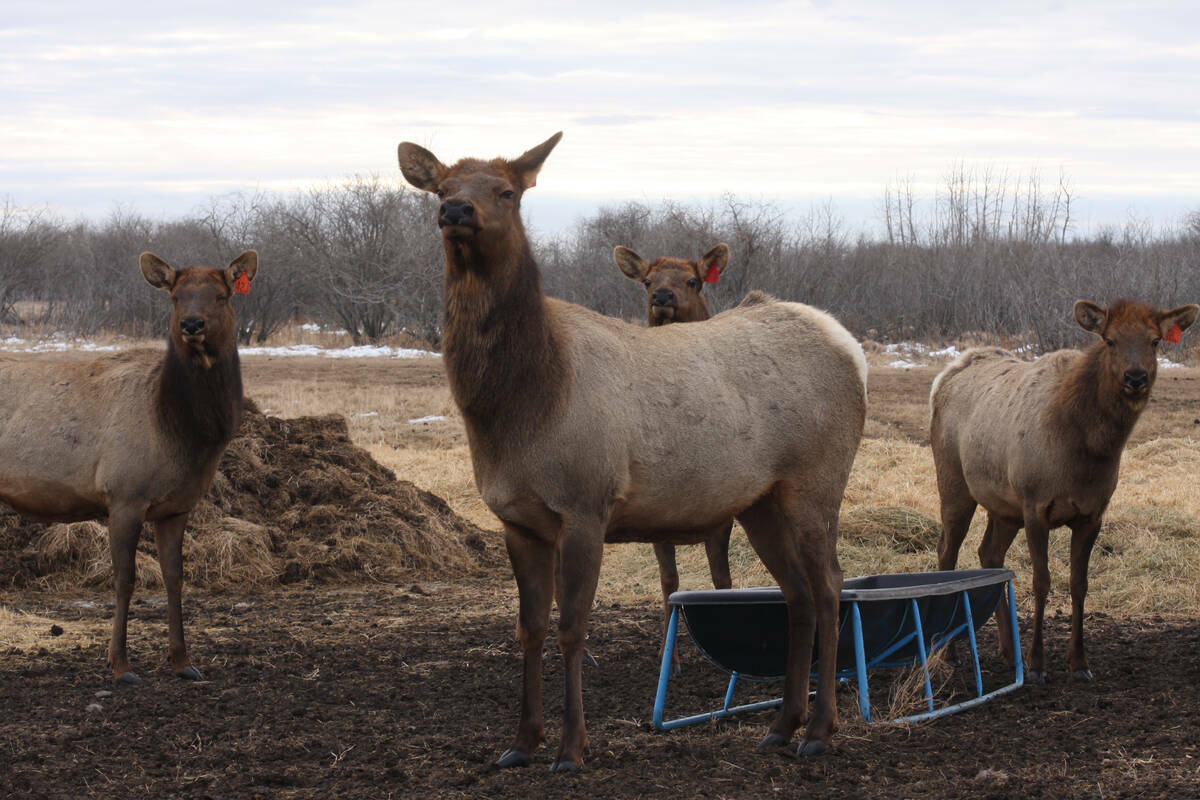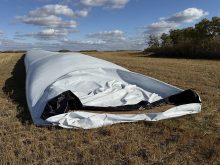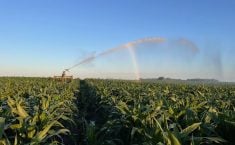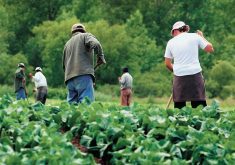Alberta farm income more than doubled last year.
But it’s not as good as it sounds, even if you have been indulging in some of what is suddenly the province’s third-largest cash crop.
Net farm income in Alberta in 2019 was just north of $671 million — which is well above the 2018 figure of $301 million, according to StatsCan’s latest farm income report. But it is also far behind the roughly $2 billion seen in each of the previous two years.
Read Also

Cervid harvest preserves to be developed in the province under Bill 10
The Government of Alberta has given approval for creation of cervid harvest preserves.
And what’s more, the figure for total crop receipts has been distorted by cannabis production in the province. A category called “cannabis seeds, vegetative plants and flowering tops” was introduced for 2018 but had no meaningful impact on farm income figures that year. But the total for 2019 in Alberta soared to $563 million — pushing it into third place behind canola ($2.4 billion) and wheat ($1.9 billion, not including durum).
Nationally, farm net cash income was $12.95 billion, up six per cent overall. But there was a lot of variation by province, with Manitoba and Saskatchewan seeing drops, Ontario a small rise, and B.C. and Quebec joining Alberta in seeing large increases (in percentage terms).
“It’s a mixed story for sure depending on the sector (of agriculture), depending on the province and so forth,” said J.P. Gervais, Farm Credit Canada’s vice-president and chief agricultural economist.
And the numbers, of course, don’t reflect the impact of the pandemic — which has hit the livestock industry hard and created massive labour problems for the fruit and vegetable sector, but has had far less impact (so far) for grain and oilseed producers.
Since COVID-19 hit, farm groups have stepped up efforts to get additional aid.
The Canadian Federation of Agriculture asked Ottawa for $2.6 billion, warning in April that “without immediate assistance from the federal government, the Canadian agriculture sector cannot ensure our domestic food supply will remain secure for the immediate and long-term benefit of all Canadians.”
So far, Ottawa has pledged just $252 million and federal Agriculture Minister Marie-Claude Bibeau says farmers need to use money already provided through existing programs — particularly the $2.3 billion in their AgriInvest accounts — before expecting more aid.
However, the U.S. government has already budgeted $23.5 billion in ad hoc farm subsidies as part of its $2-trillion COVID aid program, and legislators are working on getting more.
Those subsidies help American farmers and make it harder for Canadian farmers to compete, said Bill Campbell, president of Keystone Agricultural Producers, Manitoba’s main farm group.
“Do you want agriculture and rural communities?” he said. “If you’re not going to support us in times like this then just let us know and we’ll get by, but there ain’t going to be many of us.”
But not all farmers agree more aid is needed, especially for Prairie grain farmers.
“Maybe sometime we will, but right now things aren’t that bad,” said Kevin Hursh, a Saskatchewan consultant and columnist who farms near Cabri.
“Out here a lot of our costs are down — fertilizer and fuel,” Hursh said. “And many commodities (prices) are as strong or stronger than last year. I don’t see any COVID effect there.”
Farm income has fallen the past couple of years, but after a string of good years, he said.
“Since 2008 we’ve had a pretty good run, but when you’re in a good run you think it will continue forever and when it drops off from there you think you’ve got a problem,” Hursh said. “It’s not that it’s an easy game. It’s highly capital intensive. The people in the game I think are looking at the potential for a really good year this year. Oftentimes there’s… an overriding issue and this year COVID is there, but grain prices (are steady to higher), grain is moving… I think we should thank our lucky stars in the grain industry and hope the good luck continues.”
After recently sharing his views in The Western Producer, Hursh said for every two emails criticizing his stance, he received five agreeing with him.
Gervais is also optimistic that grain producers will do well this year.
“In prices I see a little bit of upside, but not too much,” he said. “If we could get some decent volume that’s where we could see a good year from a crops receipts standpoint.”
But StatsCan’s report also showed expenses continue to march upwards — rising by more than $2.8 billion to hit $53 billion nationally and approaching $12 billion in Alberta after rising by $846 million in 2019.
“It’s overall expenses I believe that are challenging overall profitability,” Gervais said. “We had tremendous growth all the way up to 2014 and then we have been stagnant in terms of overall cash receipts, and yes, overall operating expenses have continued to grow… Expenses have been going up and that’s what has been challenging profitability for sure.”















